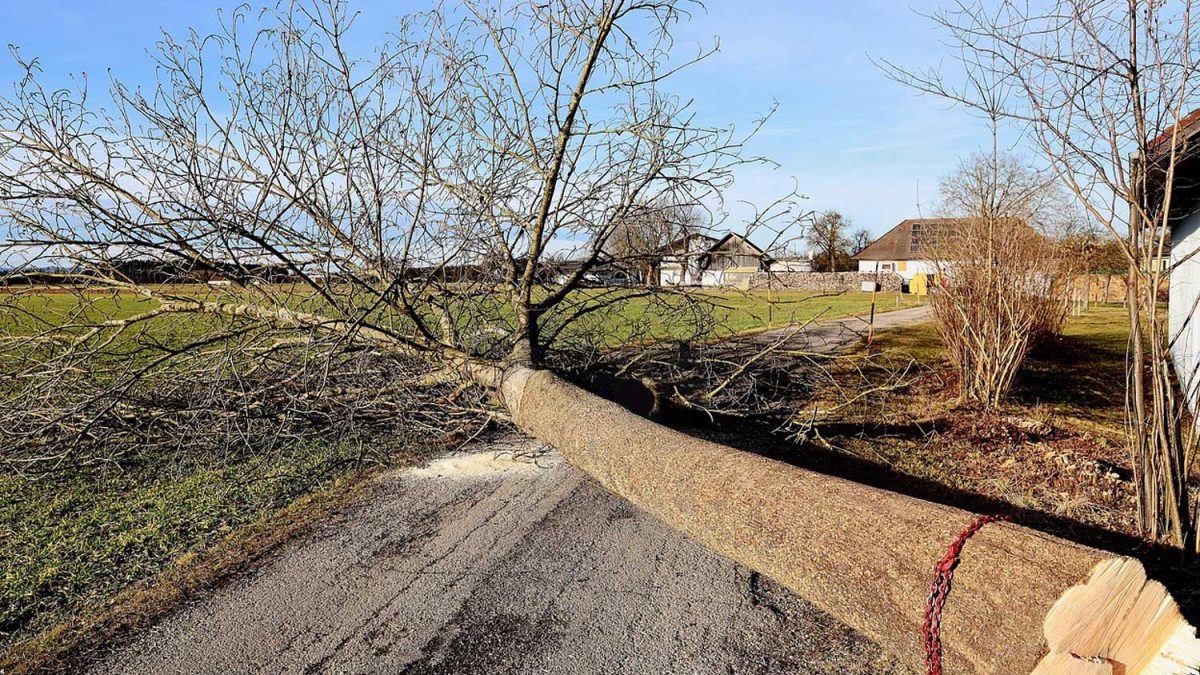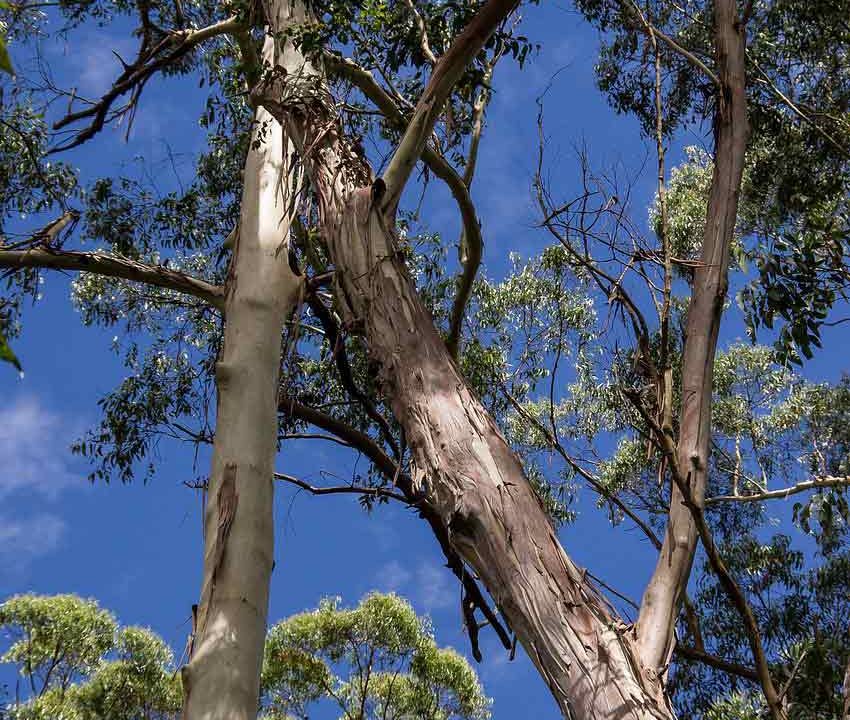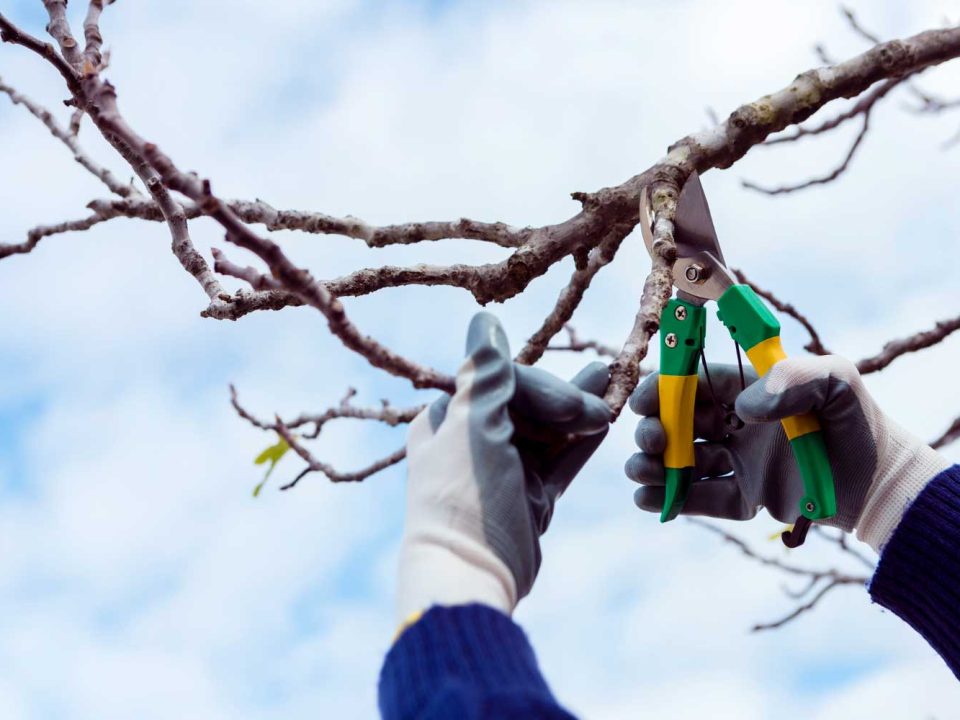Tree Maintenance in Winter: A Guide to Healthy and Safe Trees
July 21, 2024
The Purpose of Tree Trimming
July 24, 2024Tree pruning is a vital practice in maintaining the health, safety, and aesthetics of trees. Whether for residential properties, urban areas, or forests, pruning plays a crucial role in ensuring that trees thrive and contribute positively to their environment. This blog will explore the key reasons why tree pruning is essential.
Promoting Tree Health
One of the primary benefits of tree pruning is the promotion of tree health. Pruning involves the removal of dead, diseased, or damaged branches, which can otherwise hinder the tree’s growth and lead to decay. By eliminating these problematic areas, the tree can redirect its energy towards healthy growth and the production of new, robust branches. Regular pruning also improves air circulation within the tree’s canopy, reducing the risk of fungal infections and pest infestations.
Enhancing Safety
Safety is another critical reason for tree pruning. Overgrown or weakened branches can pose significant hazards to people, property, and utility lines. During storms or high winds, these branches are more likely to break and fall, causing damage or injury. Pruning helps mitigate these risks by removing potentially dangerous limbs before they become a problem. Additionally, it ensures that trees grow in a structurally sound manner, reducing the likelihood of future hazards.
Improving Aesthetic Appeal
A well-pruned tree is not only healthier but also more visually appealing. Pruning allows for the shaping of the tree, enhancing its natural beauty and complementing the landscape. By removing overgrown or awkwardly positioned branches, pruning helps maintain a tree’s desired size and shape. This is particularly important in urban settings and residential gardens, where aesthetic value plays a significant role in property appeal and value.
Encouraging Fruit Production
For fruit-bearing trees, pruning is essential for maximizing fruit yield and quality. By removing excess branches and thinning the canopy, more sunlight can reach the interior of the tree. This increased light exposure promotes the development of larger, healthier fruits. Additionally, pruning stimulates the growth of new, productive branches, ensuring a consistent and bountiful harvest.
Facilitating Proper Growth
Pruning is essential for guiding young trees into strong and well-balanced structures. Early pruning helps establish a solid framework, preventing future structural issues. It encourages the development of a central leader and evenly spaced branches, which are vital for the tree’s stability and longevity. Properly pruned young trees are less likely to develop problems as they mature, resulting in healthier and more resilient specimens.
Environmental Benefits
Healthy, well-maintained trees provide numerous environmental benefits, including improved air quality, reduced urban heat islands, and enhanced wildlife habitats. By promoting tree health through pruning, these benefits are maximized. Trees with healthy canopies are better able to absorb carbon dioxide, produce oxygen, and filter pollutants from the air. They also offer shade and cooling, contributing to energy savings and comfort in urban areas.
In conclusion, tree pruning is a crucial practice that supports tree health, safety, and aesthetics. Regular pruning helps maintain tree vitality, prevents hazards, enhances beauty, boosts fruit production, and guides proper growth. By investing in tree pruning, property owners and communities can ensure that their trees thrive and continue to provide valuable environmental benefits for years to come.





